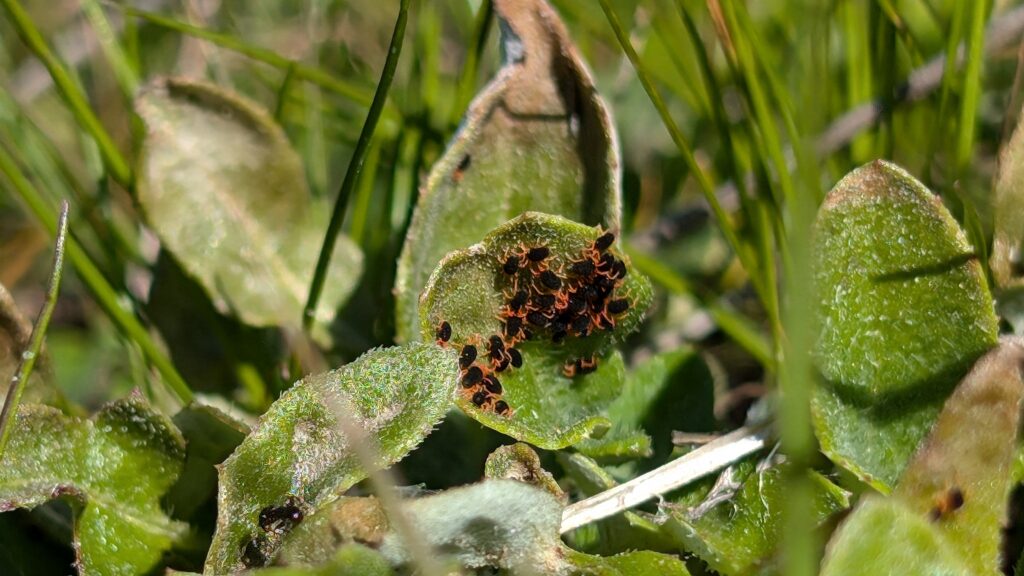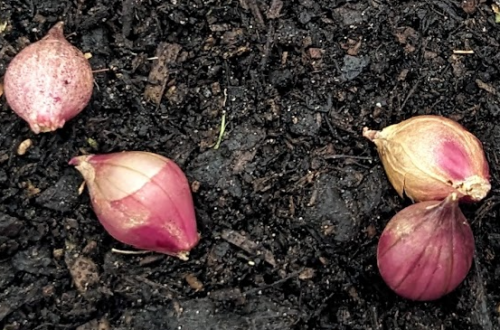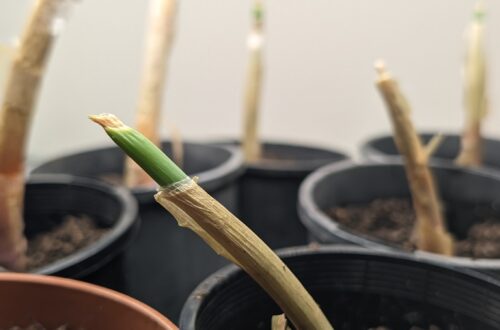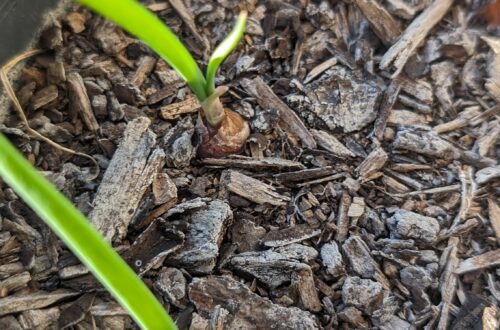
A visit from the Agronomist Part 1
This afternoon, we arrived at the property just after lunch to meet with Adam, our local agronomist. Lanky and I, with our limited experience in pasture management, were eager to tap into Adam’s extensive knowledge and expertise. We were particularly grateful for his insights, as pasture management is an area where we knew we needed guidance.
Upon arrival, Adam wasted no time in getting to work. He began by carefully examining our pasture, pointing out the various grasses and clover that made up the bulk of the vegetation. He identified several types of grasses, explaining their benefits and growth patterns, and also noted the presence of clover, which he said was a good sign of nitrogen fixation happening naturally in the soil. It was fascinating to learn about the diversity in our pasture, something we had not fully appreciated before.
One of the highlights of the day was when Adam pointed out the abundance of dung beetles on our property. He explained that their presence is a strong indicator of a healthy ecosystem, as these beetles play a crucial role in breaking down manure, improving soil structure, and recycling nutrients. This was encouraging news, suggesting that our land is supporting beneficial wildlife that contributes to overall soil health.
Weed Identification
However, Adam also identified several weeds mixed into the pasture. He explained how these particular weeds are often a sign of underlying soil issues—in our case, likely indicating that the soil is slightly too acidic. He took the time to show us which weeds to watch out for and explained how managing soil pH could help reduce their prevalence. This was a valuable lesson for us, highlighting the importance of understanding what the weeds in our pasture are telling us about the soil conditions.
As we continued to walk around the property, Adam stopped periodically to take plugs of soil, carefully placing each sample into a bucket he carried with him. These samples, he explained, would be used for a detailed soil analysis to better understand the nutrient profile and overall health of our soil. He mentioned that this analysis would provide us with the information needed to develop a tailored fertilization and management plan that suits the specific needs of our pasture.
Bringing up pest concerns
During our walk, I brought up my concerns about some issues I had noticed earlier in the year, specifically the presence of clover mites and small conical snails, which I had learned could be pests, particularly problematic for lucerne crops. Adam listened attentively and then offered advice on how to manage these pests organically, suggesting methods that would be effective without compromising the health of the pasture or the broader ecosystem. His recommendations were practical and aligned with our commitment to sustainable farming practices.

Before Adam left, he shared with us some exciting news about a regenerative farming paddock that his team has been working on. He described how they have been implementing various regenerative practices to restore and enhance the land’s natural fertility and biodiversity. They often host open days where people can walk through the paddock, observe the results firsthand, and learn about the techniques being used. Adam graciously invited us to join one of these tours, offering us the opportunity to see these practices in action and gather ideas that we could potentially apply to our own property.
Overall, the visit was incredibly informative and left us feeling more confident in our ability to manage our pasture effectively. We’re looking forward to the soil test results and the possibility of incorporating some of the regenerative practices Adam mentioned into our farming approach.
If you want to read about our gardens head here.
To view our tiktok head here.




